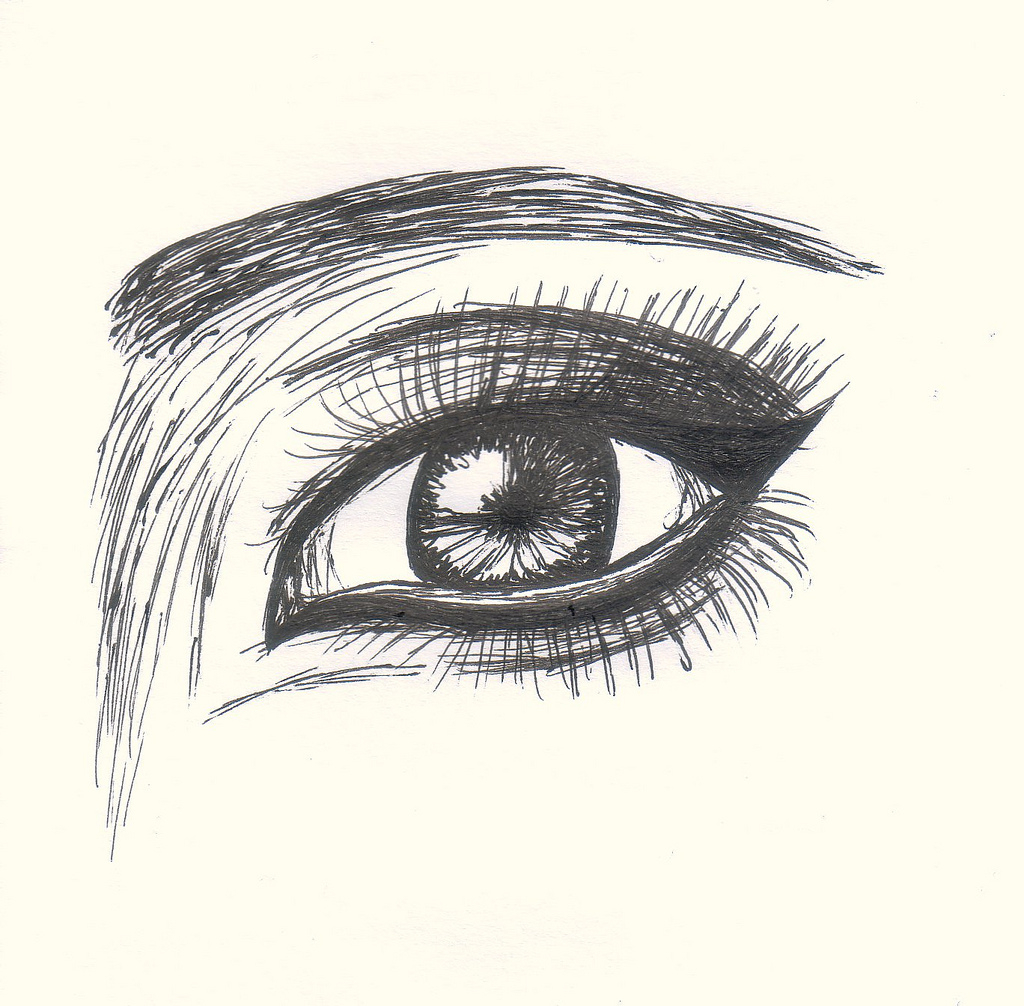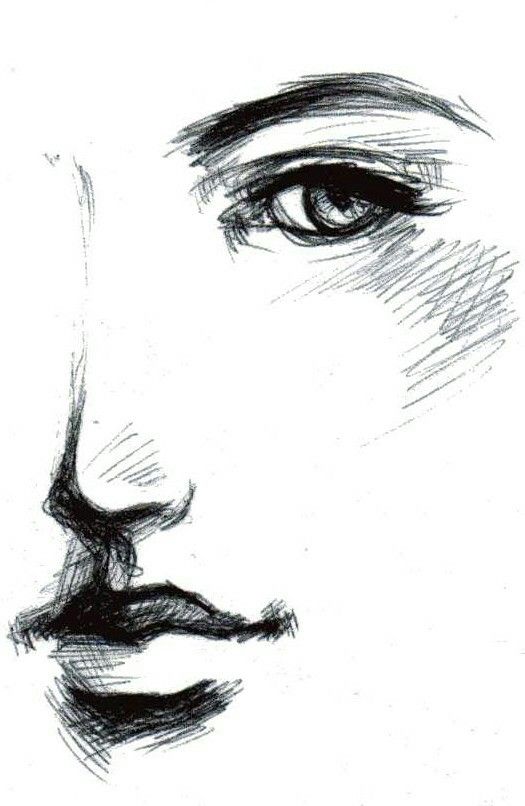
… before you've prepared it (the ingredients).An interesting doorknob or door knocker.An interesting knick-knack (or knick-knacks) off your shelf.A necklace, ring, or another piece of jewelry-try combining them in a still life.Kitchen utensils, like a whisk or slotted spoon.If you're feeling ambitious, try combining them into a still life. Every object is an opportunity for drawing. Just look around your house for what to sketch. You don't have to go far to find inspiration for what to draw. Dip pens often come with a variety of different nibs that allow for specific linework and are popular tools for cartoonists, illustrators, and calligraphers.Still Life Drawing Ideas You Can Find at Home As their name suggests, dip pens do not contain ink reservoirs inside them, and instead must be dipped into an inkwell. Dip pens feature a handle made from wood, metal, or plastic and a unique metal nib.They typically feature needle-point tips in assorted widths, such as 0.5 mm and 1.0 mm-making them ideal for any detailed linework. Technical drawing pens, or drafting pens, are the artistic tool preferred by architects, engineers, illustrators, and anyone else who depends on precise and consistent lines.These pens are especially popular with calligraphers and illustrators. Their unique nib can be made from natural hair bristles or synthetic nylon and mimics the effects of a brush. Brush pens are ideal tools for achieving a bold application of ink.Although they are not a popular option for writers, artists and coloring book enthusiasts enjoy felt-tips for their bold strokes and variety of colors.

Felt-tip pens are essentially finer markers and have the same porous tip made from pressed felt fibers.Although some of the better fountain pens may come with a greater initial cost, they are often refillable and can be used in conjunction with a variety of permanent and non-permanent inks. Writers and calligraphers trend towards these pens for their expressive, flourishing lines. Fountain pens are based on traditional dip pens and are defined mostly by their varying nibs.

And, like ballpoints and rollerballs, gel pens allow for fine, controlled linework. The gel ink has a high viscosity and comes in a variety of colorful inks that are great decorative additions to any multimedia project.

As a result, rollerballs produce “wet ink” that is more similar to the fountain pen. Rollerball pens are similar to ballpoints, but instead of oil-based ink, they use gel or water-based ink.Although ballpoint pens are most often used in note taking and journaling, some artists use them to make incredibly detailed illustrations as they are an affordable and long-lasting tool. Their revolutionary design channels thick, oil-based ink through a steel tip that “rolls” over the writing surface. Ballpoint pens are perhaps the most practical and popular modern pens.Here is a quick breakdown of the common types of pens: As you begin searching for the ideal utensil, it's helpful to consider what you want your pen to do for you-there are some that will help you produce consistent, even lines, and others that will add a flourish to your lettering. Like any creative tool, pens come in a variety of categories.


 0 kommentar(er)
0 kommentar(er)
